Shrewsbury
Third Former takes over theatre for experiment

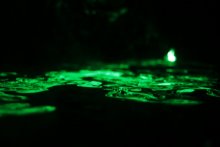
Mr Cooley helped transform the theatre to find out more about fluid mechanics.
The Duke of Edinburgh’s award, as we’ve been reminded recently, encourages young people to enjoy the outdoors and to develop a skill or interest. It can be any interest and George M-S, a 3rd former in Rigg’s, decided he would like to find out more about fluid mechanics, particularly turbulent flow. Through reading he had already established that it is a field in which chaotic behaviour is readily spotted (as in chaos theory and the butterfly effect, not as in an 8-yr-old’s birthday party 20 minutes after the injection of a lot of sugar). He was also interested in fractals: mathematical constructions, often visual, which echo themselves if you zoom in on a smaller part of them.
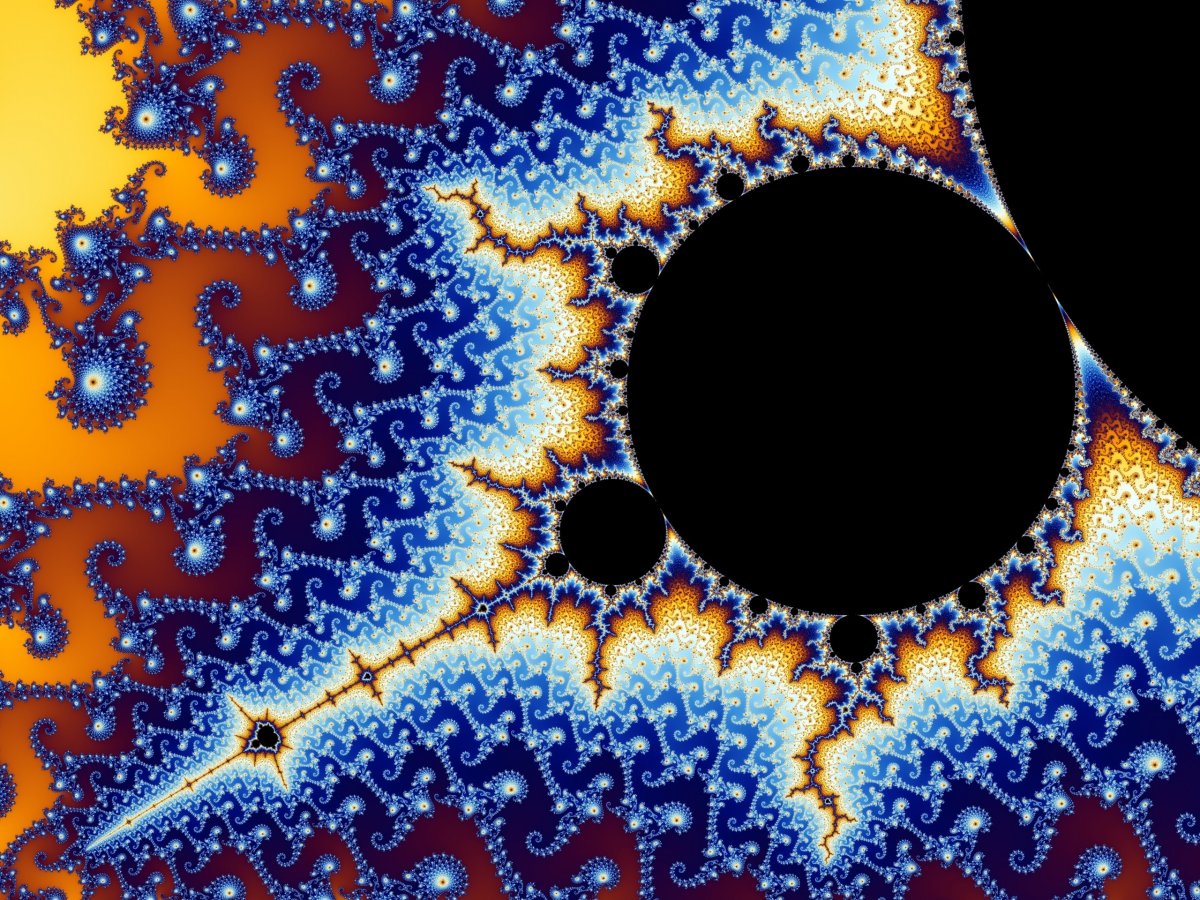
A part of the Mandelbrot set – a famous fractal image
Besides the odd poster in a maths classroom displaying the Mandelbrot set (one of mathematics’ most famous fractals), it is unlikely that anyone would meet any of these fields in an academic context before university: turbulent flows are complex and unpredictable and the mathematics describing fluid mechanics very rapidly become fiendish – indeed in most forms the equations are insoluble. Nonetheless (or maybe because of this) there is something visually intoxicating about these flows, as anyone who has sat in front of a fireplace can confirm, and equally intellectually fascinating as many who have studied fluid mechanics will attest.
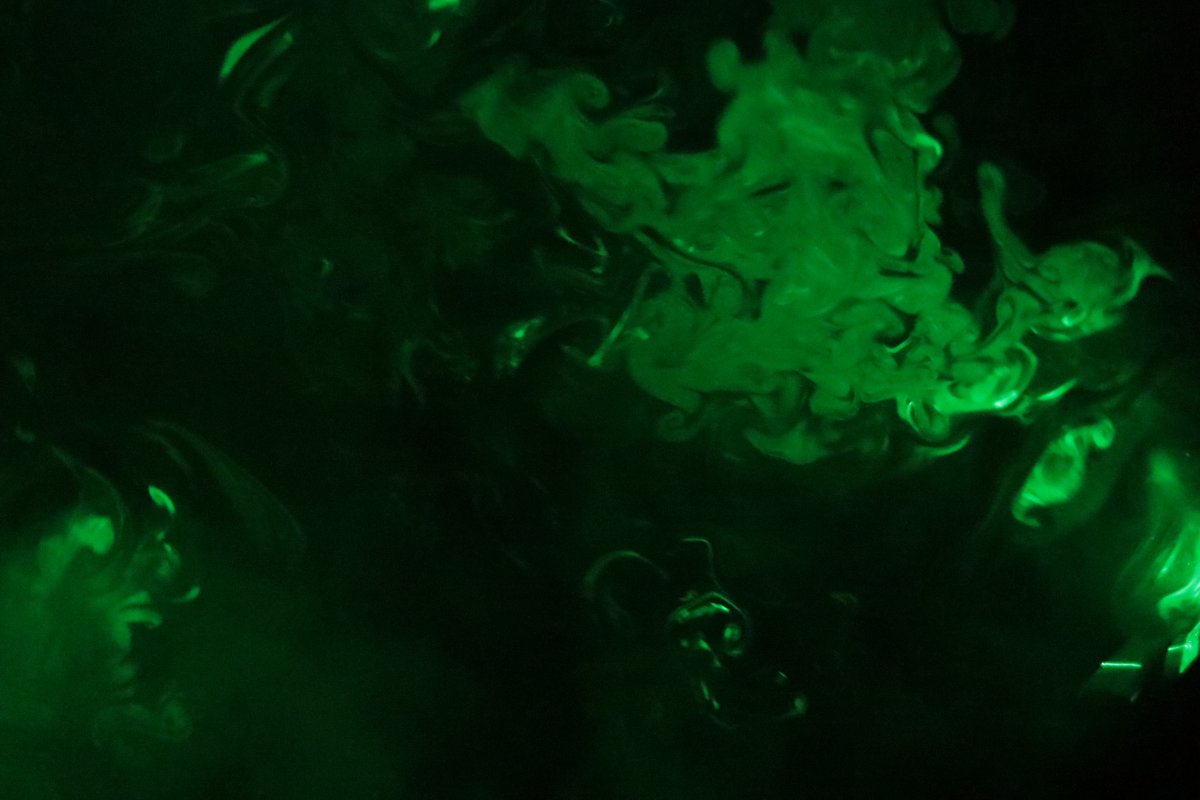
After some discussion with George and with an OS Moserite currently applying for a PhD in fluid mechanics, we decided an initial target would be to try to get some images of the “energy cascade”: a fast fluid flow will break down from laminar flow into a large vortex or vortices which in turn feed ever smaller vortices, with energy passing down the chain. This might also show some properties similar to fractals. We enlisted help: Adam Wall, the theatre technician, has a smoke machine, a nice strong laser and an engineering degree so shared in the excitement of seeing some proper fluid mechanics. Mr Bird also helped, having a good camera and the wherewithal to use it! And off it all went.
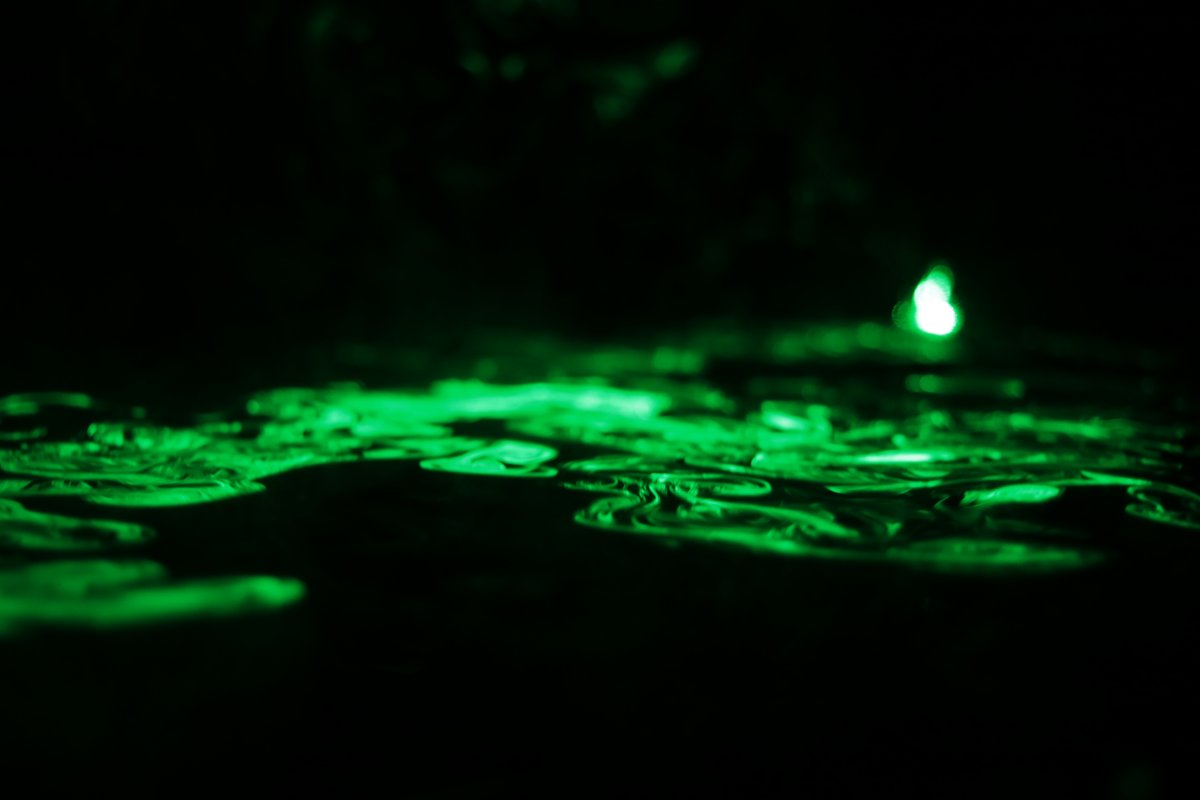
Not without cause are turbulent flows difficult to model and predict: while there were some pretty cool patterns and atmospheric photographs, there was no sign of the breakdown from laminar to turbulent flow George had hoped to see. Indeed after setting off smoke alarms and opening a load of doors we learnt a bit about drafts and the efficacy of airing a space. There will be more experiments in flow visualisation to come – possibly using water tanks and ink in the physics department. The pictures we get will almost certainly not be as cool as these, there should be plenty of chances to see complex situations develop.
Mr Seb Cooley

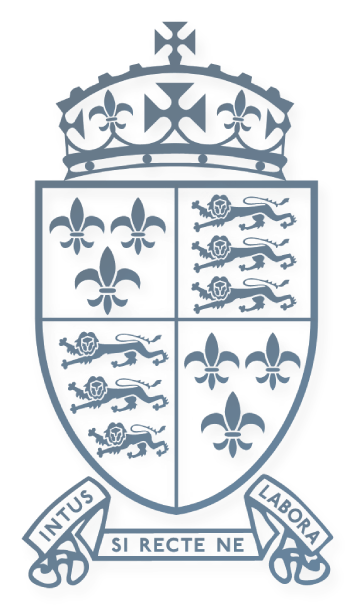










.png&command_2=resize&height_2=85)




.JPG&command_2=resize&height_2=85)


